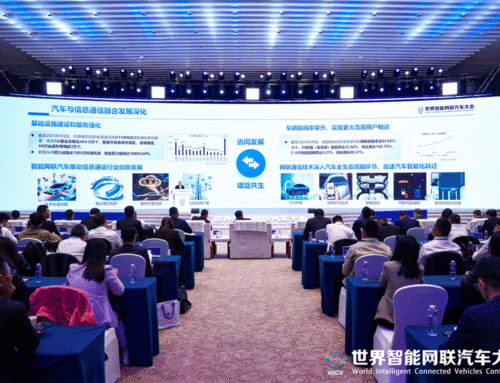On July 30, 2024, China’s Ministry of Industry and Information Technology (MIIT) released the Criteria for Model Enterprise Applications in the Robotics Industry (2024 Version) (hereinafter referred to as the Criteria), along with the corresponding Implementation Measures (2024 Version). This revised version builds on the previous edition released in 2017. Notably, these documents do not function as mandatory requirements or prerequisites for the administrative review or approval process. Instead, they aim to recognize eligible enterprises within the robotics industry, setting them as benchmarks by designating them as “Model Enterprises.”
Compared with the previous edition from 2017, the key enhancements and adjustments are summarized below:
Coverage of entire industrial chain. The new Criteria broaden eligibility beyond industrial robot manufacturers and integrated application enterprises to also include key component manufacturers, thereby encompassing the entire industrial chain of the robotics industry.
Improved management. The Criteria specify the validity period for model enterprises and clarify the procedures for extension reviews. Additionally, MIIT is now responsible for assessing and confirming the compliance of enterprises that have completed corrective actions to ensure they meet the required standards. Simplified procedures include reducing the frequency of on-site inspections to once every three years and allowing enterprises to apply for alterations instead of requiring a time-consuming reapplication process.
Removal of incentive provisions. A notable change is the removal of provisions that previously encouraged incentive policies to focus on recognized model enterprises. As a result, increased visibility may now be the primary benefit for companies that qualify under the new Criteria.
Optimized threshold. The updated Criteria establish clear thresholds for enterprises aiming for the “Model Enterprise” designation, providing a framework for strategic planning and budget allocation. Detailed provisions cover requirements in areas such as R&D investment, departmental capacity building, digital and intelligent production processes, quality management, testing methods, and product standards. The Criteria also outline the necessary capabilities for enterprises to offer on-site or remote deployment, operation, maintenance, and upgrade services to their clients.
In conclusion, the revised Criteria align with the government’s strategic direction for promoting growth in the robotics industry. However, the anticipated government incentives fall short of initial expectations, leaving the effectiveness of the policy in driving industry development uncertain.




